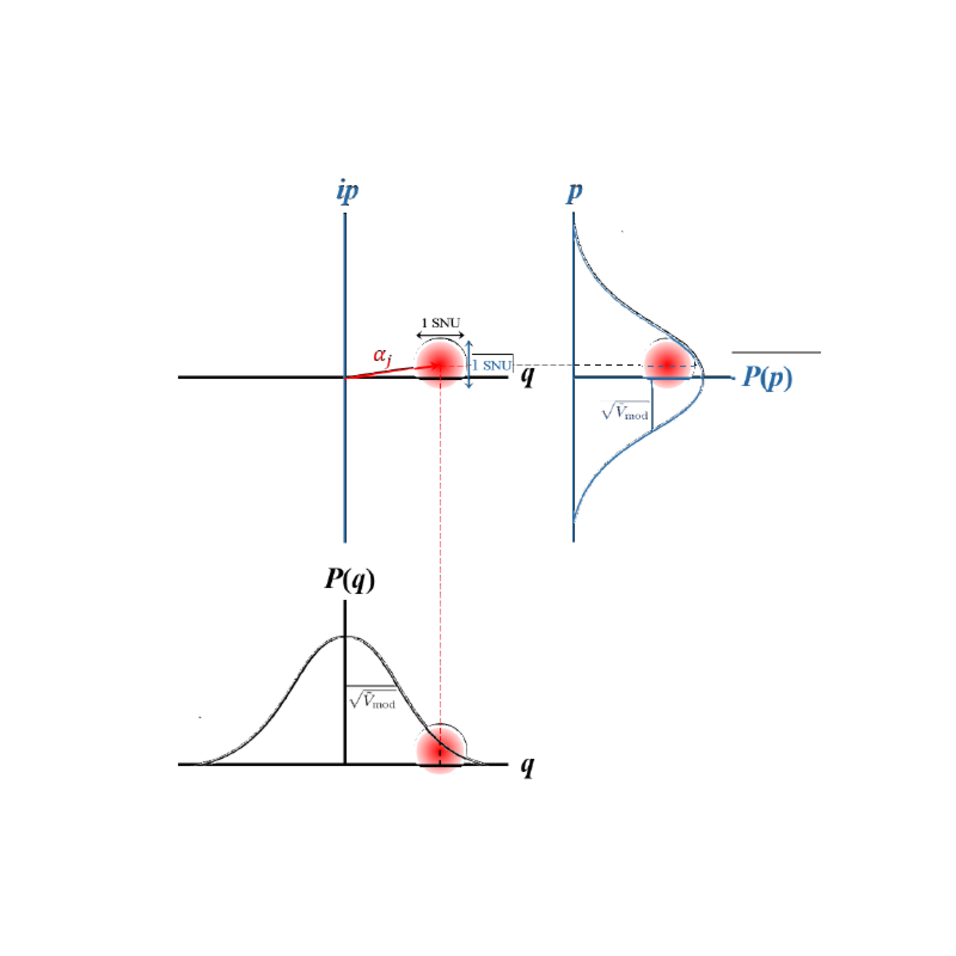Quantum key distribution (QKD) using weak coherent states and homodyne detection is a promising candidate for practical quantum‐cryptographic implementations due to its compatibility with existing telecom equipment and high detection efficiencies. However, despite the actual simplicity of the protocol, the security analysis of this method is rather involved compared to discrete‐variable QKD. This article reviews the theoretical foundations of continuous‐variable quantum key distribution (CV‐QKD) with Gaussian modulation and rederives the essential relations from scratch in a pedagogical way. The aim of this paper is to be as comprehensive and self‐contained as possible in order to be well intelligible even for readers with little pre‐knowledge on the subject. Although the present article is a theoretical discussion of CV‐QKD, its focus lies on practical implementations, taking into account various kinds of hardware imperfections and suggesting practical methods to perform the security analysis subsequent to the key exchange. Apart from a review of well‐known results, this manuscript presents a set of new original noise models which are helpful to get an estimate of how well a given set of hardware will perform in practice.
view full text: here.
Advanced Quantum Technologies 2018, 1800011 (2018).

